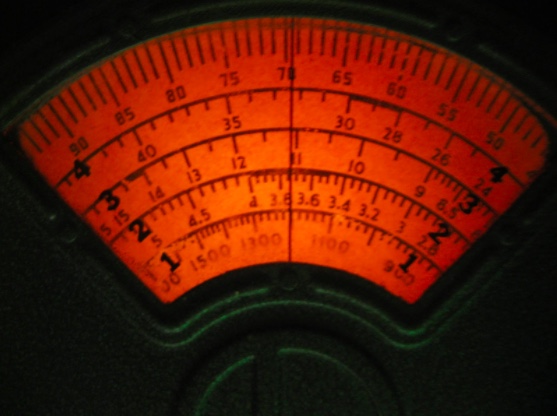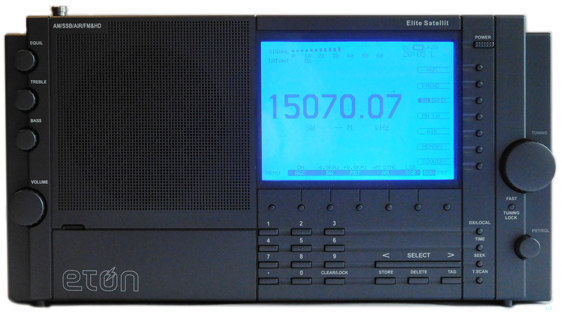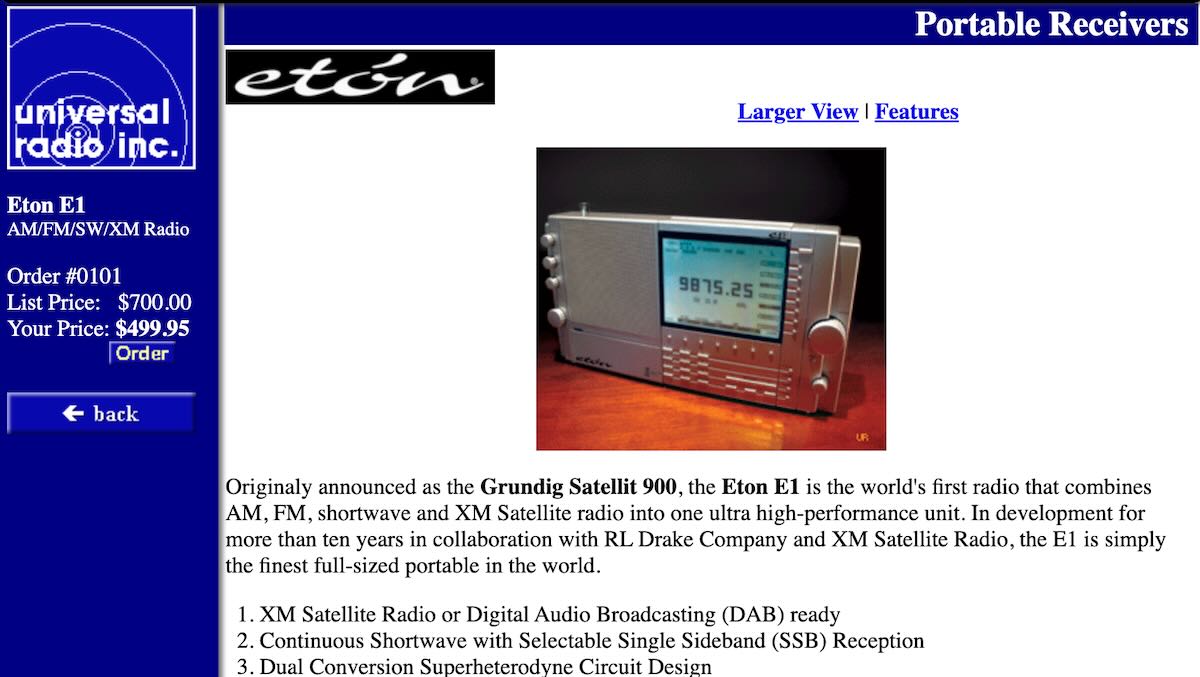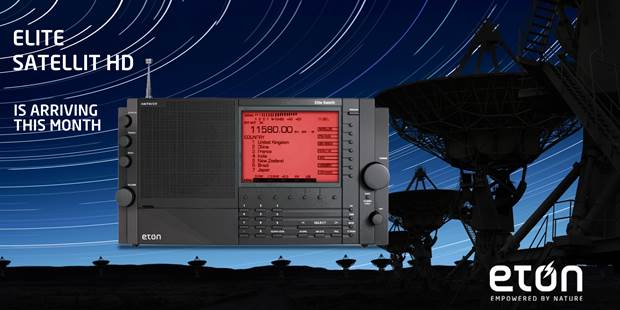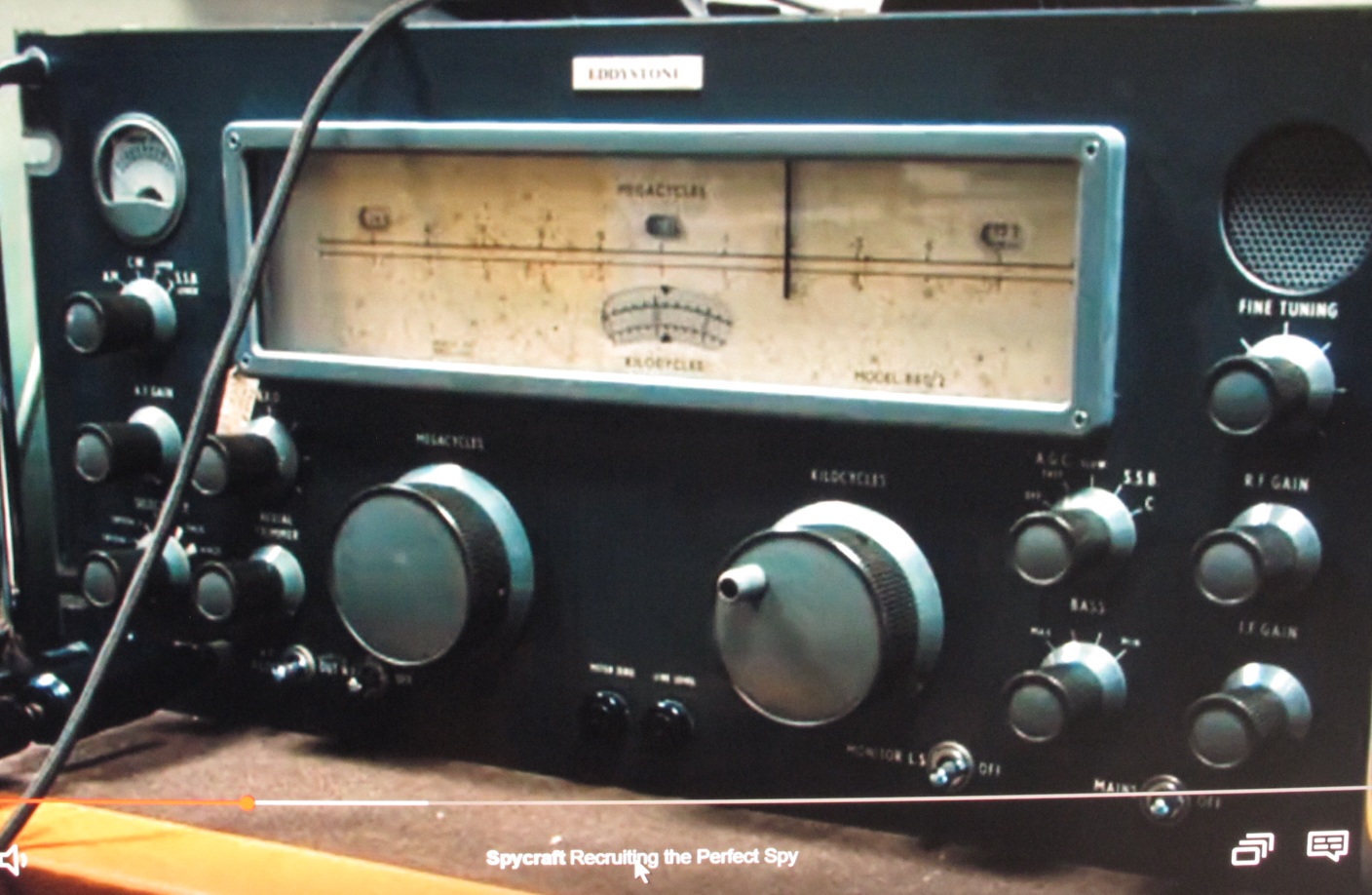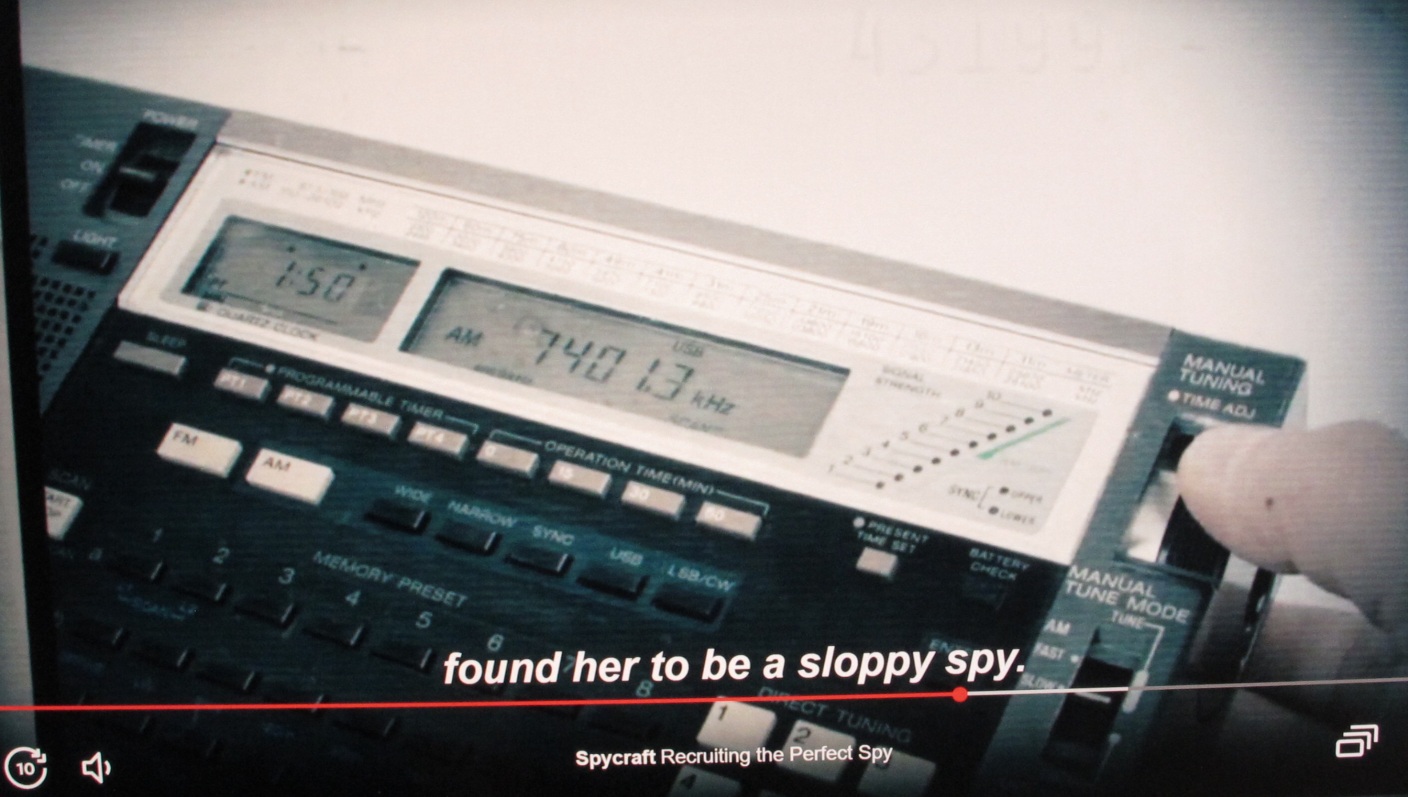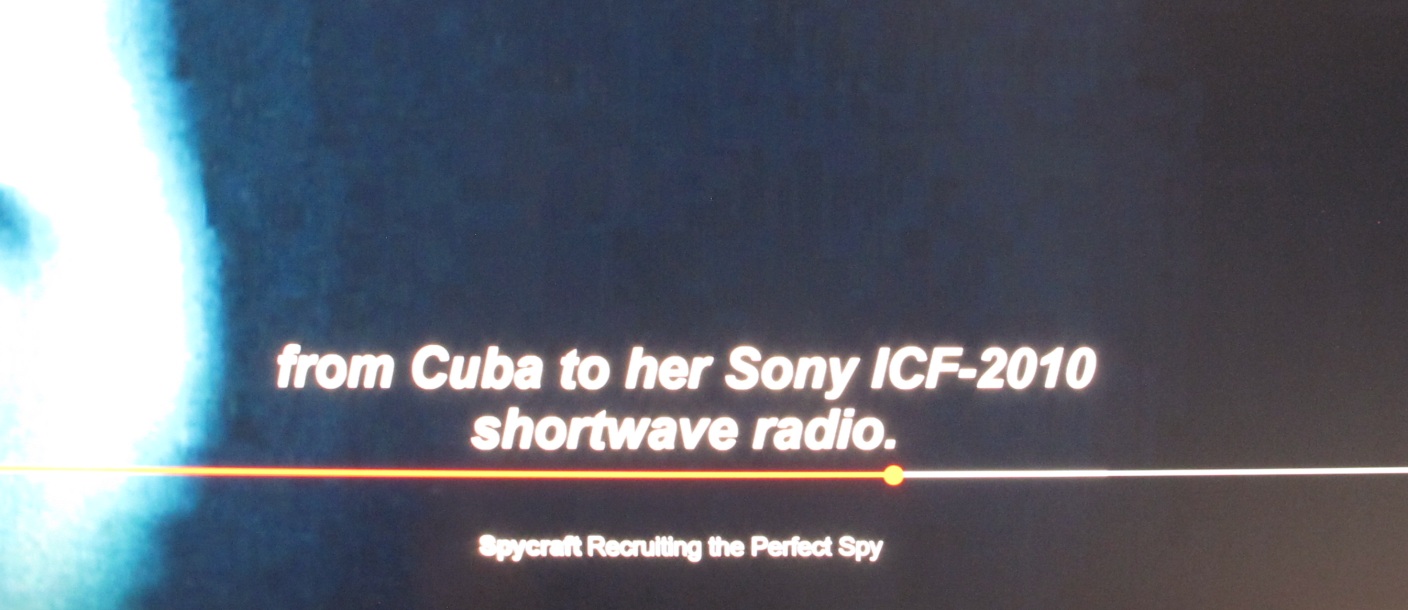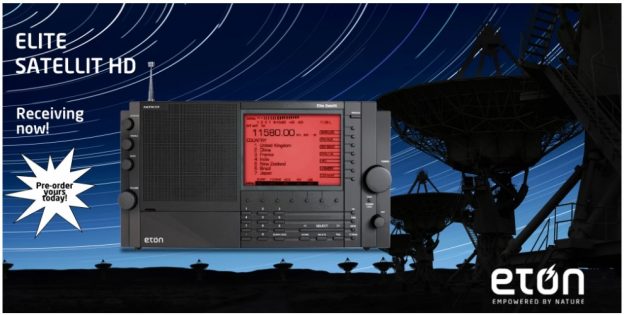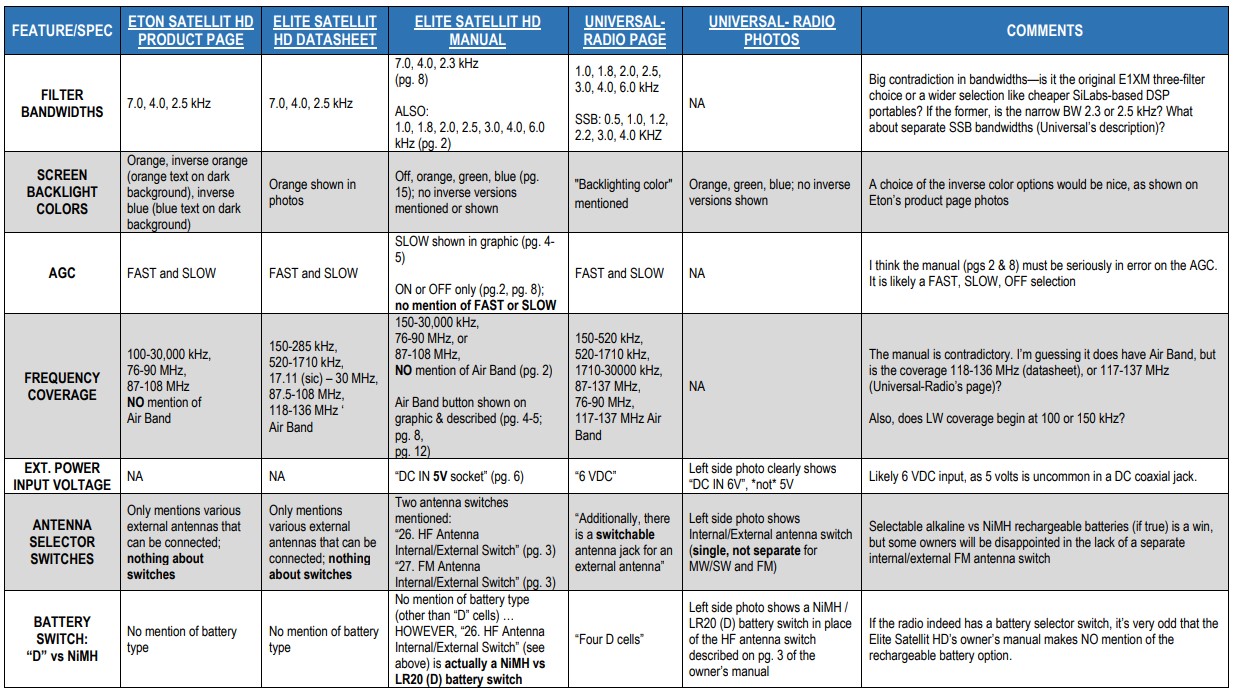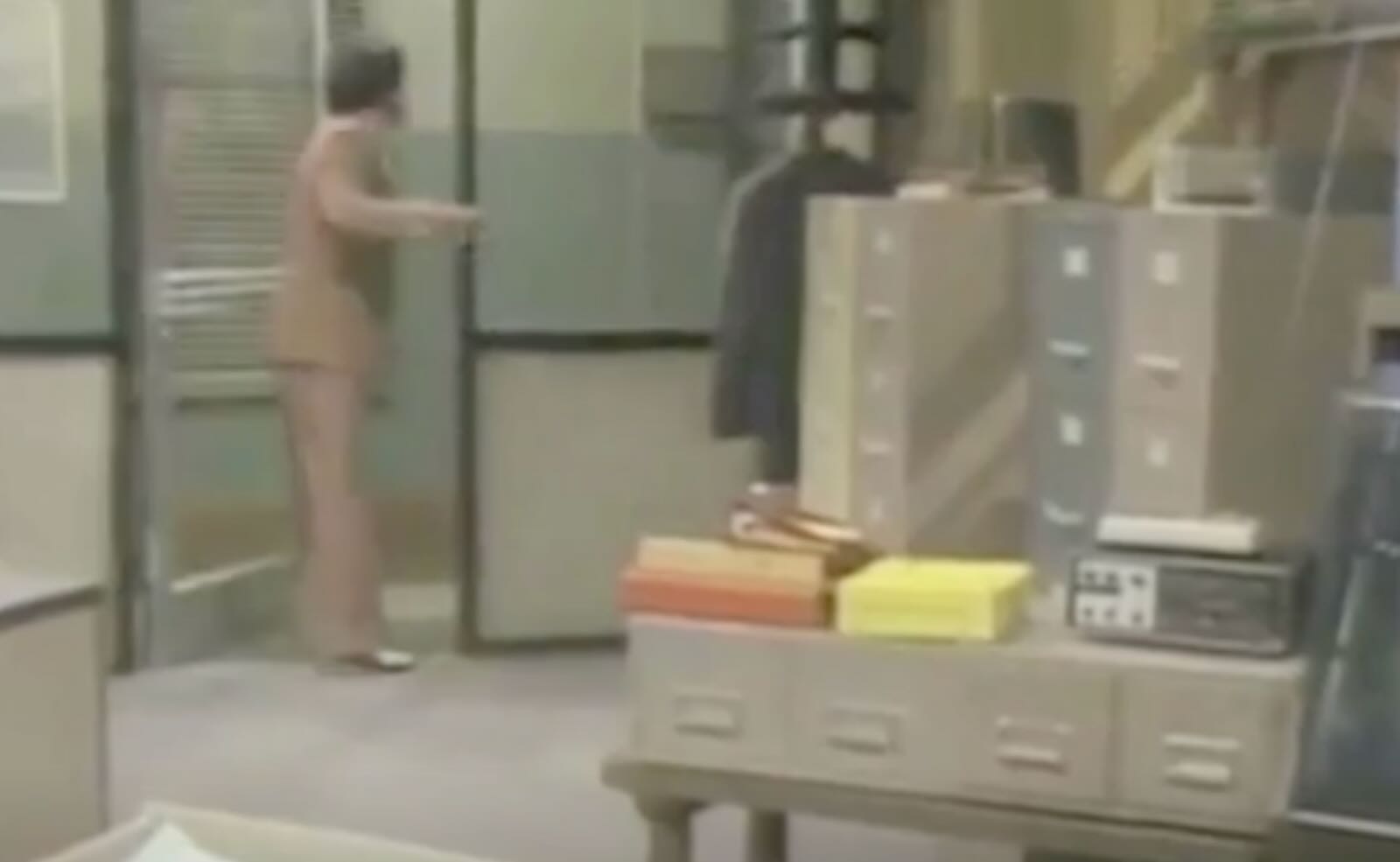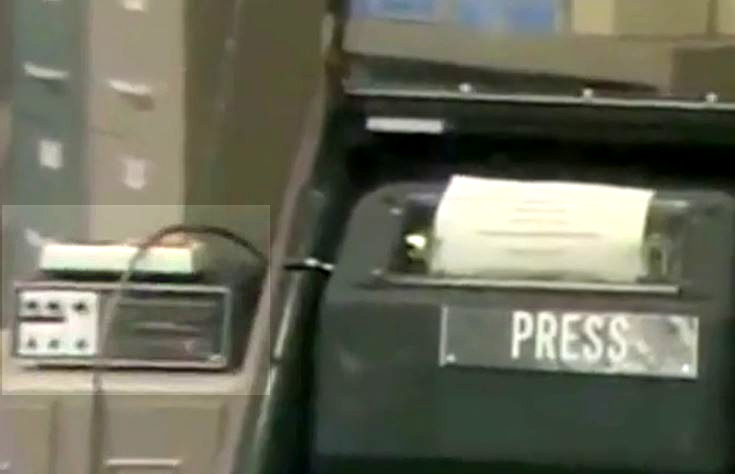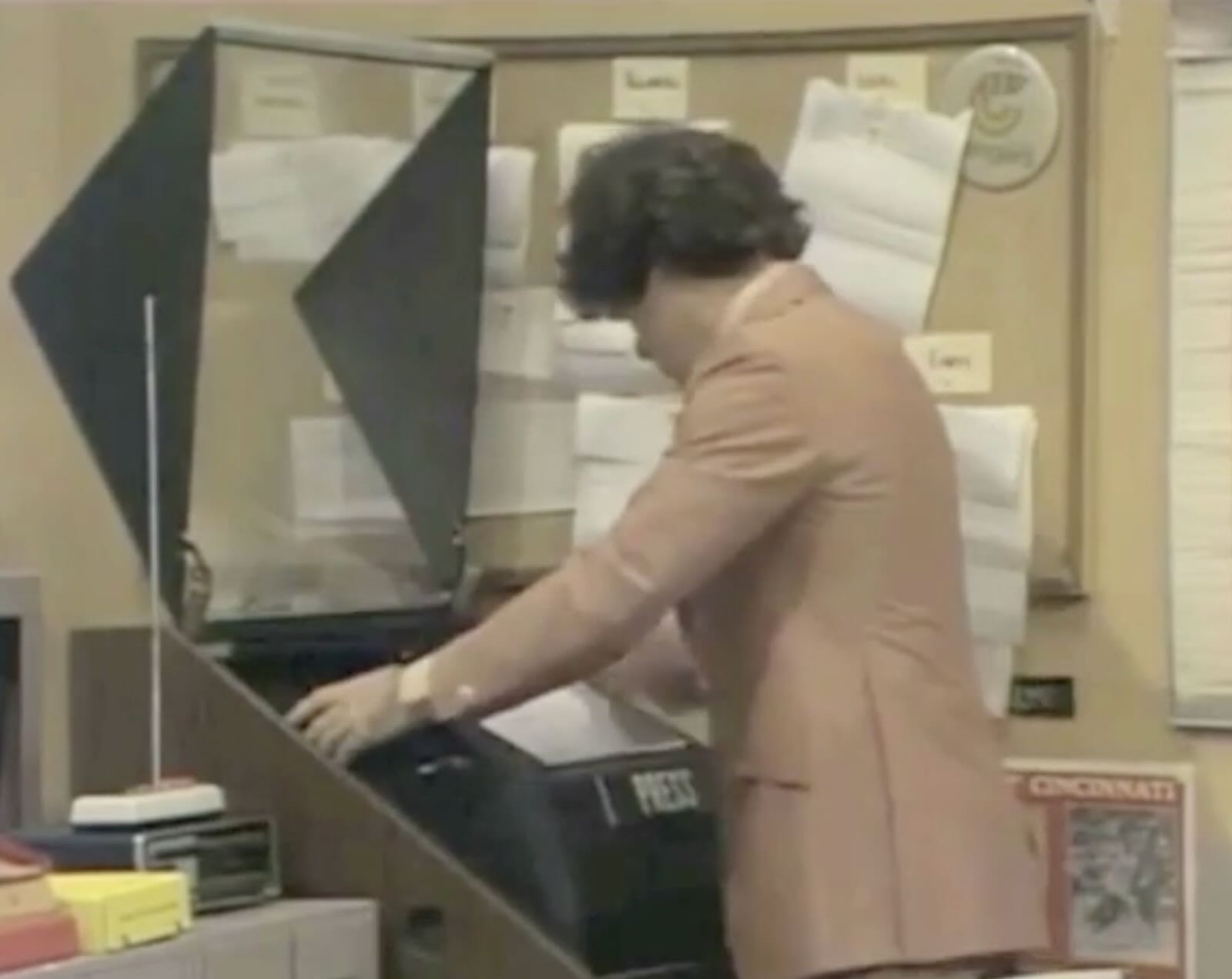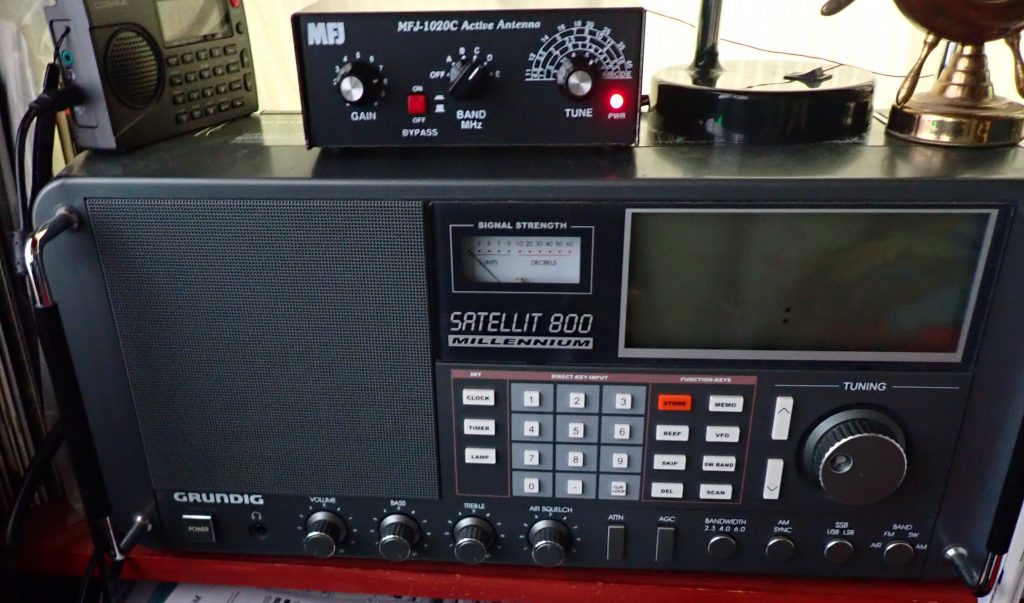
By Jock Elliott, KB2GOM
It was research on preselectors that led me to this: Improving HF Reception – The RadioReference Wiki
In that section of the RadioReference Wiki, written by Mike, KA3JJZ, I found the following:
Another way an active preselector could be used is to use it to load a very short dipole – say not more than 1 meter (roughly 3 foot) for each leg. A number of years ago, a company called Datong marketed such an antenna (with a preamp right at the antenna feedpoint) that was popular in Europe and to some lesser extent in the Americas because it’s easy to hide the antenna.
In the magic of my mind, I could picture using the short dipole strung across two windows — or a large window — in an apartment or condo (or anyplace with antenna restrictions) and connected to an MFJ 1020C. I had not yet done the experiment, but I had tested the 1020C and found it to be a worthy piece of gear. So I thought the short dipole/1020C experiment might be worth a shot.
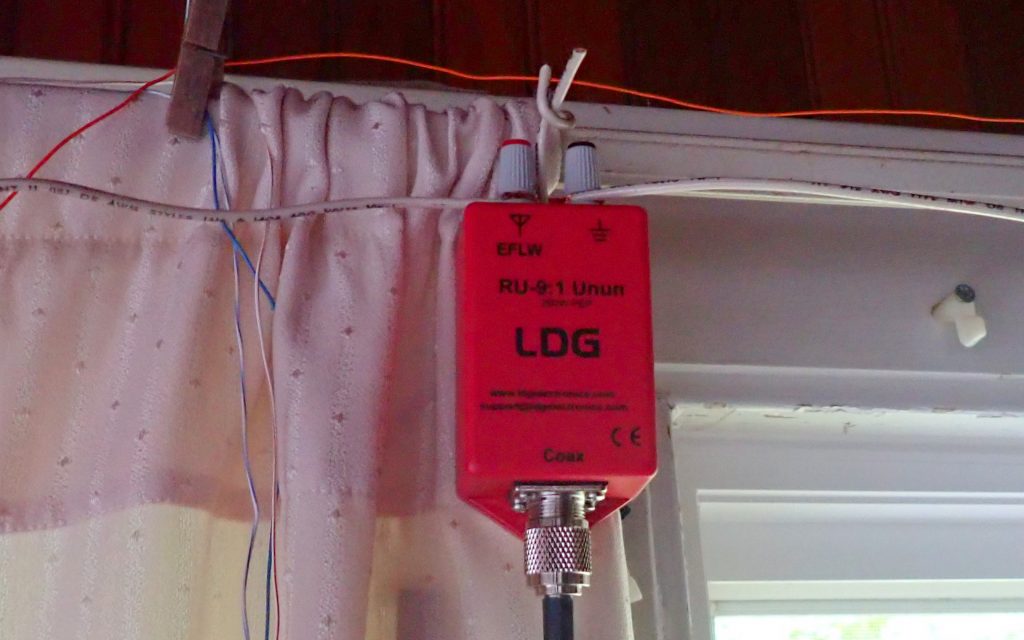
The heart of the short dipole, the LDG 9:1 unun.
So I cut two yard-long lengths of wire and attached them to a 9:1 unun. I created loops at the outer end of each leg of the dipole and hung the whole assembly from a curtain rod covering two windows. A coax links the short dipole to the MFJ 1020C, and a jumper connects the output of the 1020C to my Satellit 800 receiver.

The completed dipole. Not fancy, but it works.
Bottom line: it works. The vast majority of the time, even when the 1020C preselector is in bypass mode, the short horizontal dipole/1020C combo delivers a better signal-to-noise than the Satellit’s vertical telescopic antenna. (In rare cases, they are equal.) And when the preselector amplification circuits are activated and properly tuned, the signal is usually improved, often significantly. The Big Trick is to use the preselector to peak the noise at the frequency you want to hears and then tune slightly to the side of best listening.
Obviously that would be cumbersome for band-scanning, but you could band-scan in bypass mode and then tweak the “hits” with the amplification circuitry. In all, if you are living in an antenna-challenged situation, the short dipole/1020C combo just might make your shortwave listening better.
Final thought: Mike, who wrote the section of Radio Reference wiki that inspired this experiment, said:
You do have to watch your gain otherwise you will get a lot more noise than signal. I did my experiment using an old Palomar preselector. You can also try using a YouLoop as the antenna – it should, in theory, work even better than just a simple whip.
One thing that you could mention in your article is that there is an advantage to having a small dipole like that as the receiving element. Not only is it fairly easy to hide, it can be moved around to find a somewhat quieter location. However the coax should be kept as short as you can, otherwise there is a chance that common mode noise would become an issue – particularly if it runs near computers or other RFI sources
Remember that even a 1 or 2 S unit improvement might make the difference between hearing a signal and not hearing it at all. All we are doing here is trying to improve the signal/noise ratio coming into the unit. That little vertical whip on the 1020c is not likely to be the best choice, and that’s what I am trying to improve upon.
– Mike KA3JJZ
Thanks, Mike!

